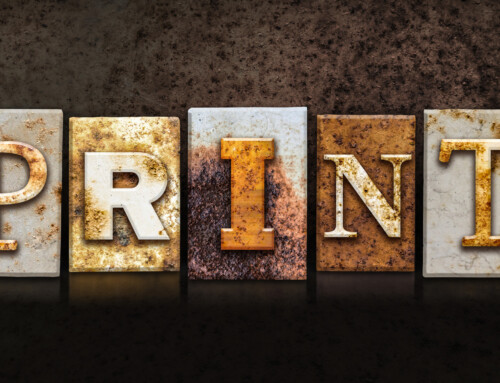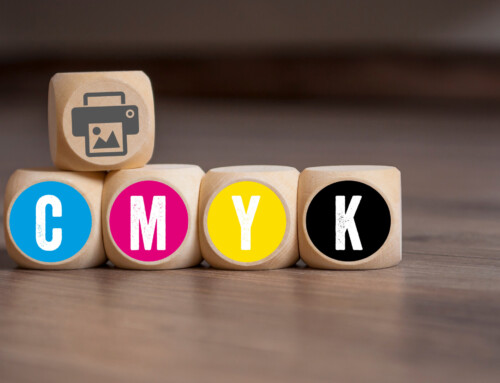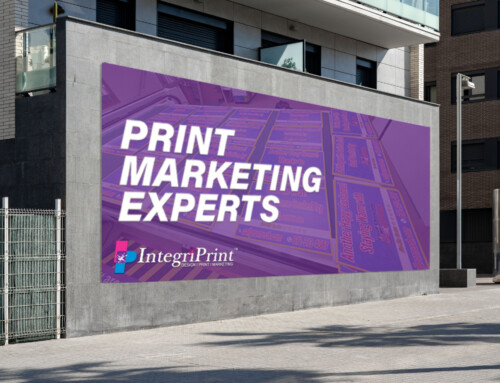When you create marketing communications, whether print or digital, you want your audience to read and remember them, right? That’s why it matters what channel you use. After decades of research, studies continue to point to the same conclusion: Print is simply better when processing and retaining complex information is required.
Most print versus digital studies come from the education world. In these studies, researchers ask students to read passages in print and digital formats and then follow up with tests to measure their comprehension and recall. Decade after decade, these studies reveal that print outperforms digital in several key areas:
- Handling of longer texts: Print is more effective for longer texts, typically those exceeding 500 words. This suggests that the physical nature of print aids in processing and retaining information over extended periods.
- Abstract and inferential thinking: Tasks that require abstract or inferential thinking are better performed with print materials. The tactile experience of reading in print enhances the brain’s ability to engage with and interpret complex ideas.
- Detail-oriented responses: When study respondents were asked to provide more detailed responses, print was again the preferred medium. This indicates that the physicality of print facilitates a deeper level of engagement with the content.
- Interpreting material from multiple sources: Tasks that involve interpreting material from various documents are also better accomplished with print. Studies consistently find that the tangible nature of print materials allows for easier cross-referencing and comparison of information.
So, what makes reading in print so different? The physical engagement with print materials seems to play a significant role. With print, individuals engage multiple senses, including touch, which enhances information encoding in the brain. Additionally, physically turning pages and visually scanning each page creates unique cognitive markers that aid recall.
These findings have profound implications for marketing communications. Print is the way to go if the product you sell requires potential buyers to handle longer texts and facilitate abstract thinking.






